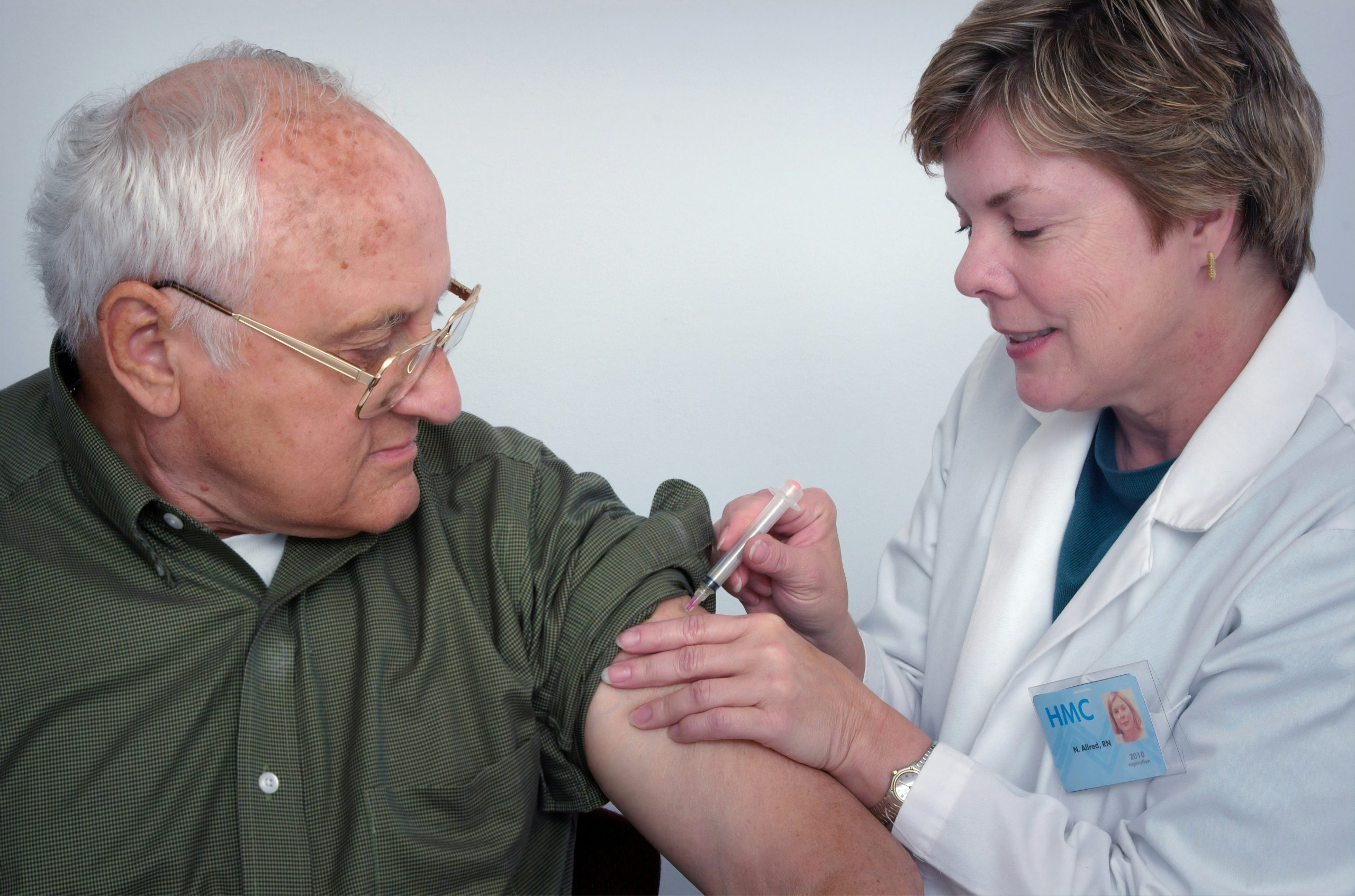How Wearables Are Powering the Future of Preventive Healthcare
Smart wearable technology has been steadily gaining popularity over the past decade, with the global market expected to reach $64.4 billion by 2024. While smartwatches and fitness trackers may have originally been seen as trendy accessories, their impact goes far beyond style. In fact, wearables have been transforming the landscape of preventive healthcare, empowering individuals to take control of their health and well-being. From monitoring vital signs to detecting potential health risks, wearables are paving the way for a future of proactive and personalized healthcare. Let’s dive into how wearables are revolutionizing the world of preventive healthcare.
The Rise of Wearable Technology
Wearables, also known as “smart devices,” are electronic devices that can be worn on the body or embedded in clothing. While the concept of wearables dates back to the 13th century, it wasn’t until the last decade that they became mainstream with the rise of smartphones and advanced sensors. The first wearable fitness devices were introduced in the early 2000s, and since then, the market has expanded to incorporate a wide range of devices, such as smartwatches, fitness trackers, smart clothing, and even hearables (smart headphones).
What Makes Wearables a Game-Changer in Healthcare?
One of the main reasons for the growing popularity of wearables is their ability to track and monitor vital health data in real-time. From tracking steps and sleep patterns to monitoring heart rate and blood pressure, wearables can provide a comprehensive picture of an individual’s health on a day-to-day basis. This data can then be synced to a smartphone or computer, enabling users to analyze their progress and set personal health goals.
Empowering Individuals to Take Control of their Health
Traditionally, healthcare has been reactive, with patients seeking medical help only when symptoms arise. However, with wearables, individuals can take a proactive approach to their health by continuously monitoring and tracking their vitals. This enables them to identify potential health risks before they escalate, leading to more timely intervention and prevention of chronic diseases.
Customized and Personalized Healthcare
Wearables are also changing the way healthcare is delivered by enabling personalized and targeted treatment plans for individuals. By tracking an individual’s health data, healthcare professionals can gain a deeper understanding of their patient’s health and provide tailored advice and treatment plans. This leads to better health outcomes and a more patient-centered approach to healthcare.
Use Cases of Wearables in Preventive Healthcare
Wearables have a vast range of use cases in preventive healthcare, such as:
1. Fitness and Activity Tracking
The most common use of wearables is for fitness and activity tracking. These devices can monitor daily activity levels, including steps, calories burned, and distance traveled, to help individuals stay motivated and achieve their fitness goals.
2. Chronic Disease Management
Wearables are also beneficial for individuals with chronic conditions such as diabetes, heart disease, and hypertension. These devices can monitor vital signs and provide alerts in case of any anomalies, enabling individuals to manage their condition more effectively.
3. Sleep Monitoring
Proper sleep is essential for overall health, and wearables can track sleep patterns and provide insights into sleep quality. This can help individuals make necessary changes to improve their sleep and overall well-being.
4. Mental Health Tracking
Wearable devices also have applications in mental health by tracking stress levels, mood, and even meditation and breathing exercises. This promotes a holistic approach to health by considering both physical and mental well-being.
5. Remote Patient Monitoring
In light of the COVID-19 pandemic, remote patient monitoring has become increasingly important. Wearables enable healthcare professionals to remotely monitor patients’ vitals, reducing the need for in-person visits and improving patient outcomes.
Challenges and Future of Wearables in Preventive Healthcare
While wearables have immense potential in preventive healthcare, there are still some challenges that need to be addressed, such as data security and privacy concerns. As wearables continue to evolve, experts predict that they will become more sophisticated in collecting and analyzing data, making them an integral part of personalized healthcare.
From detecting early signs of diseases to promoting healthier lifestyle habits, wearables are undeniably powering the future of preventive healthcare. As technology continues to advance, the possibilities for wearables in healthcare are endless, making it an exciting time for the industry and individuals looking to take control of their health and well-being.
Conclusion
Wearables are no longer just trendy accessories; they are transforming the way we approach our health and well-being. By continuously monitoring our vitals and tracking our daily activities, wearables are equipping individuals with the tools they need to stay ahead of potential health risks and lead healthier, more proactive lives. With the potential to provide personalized and targeted healthcare, wearables are undoubtedly paving the way for a healthier future.











